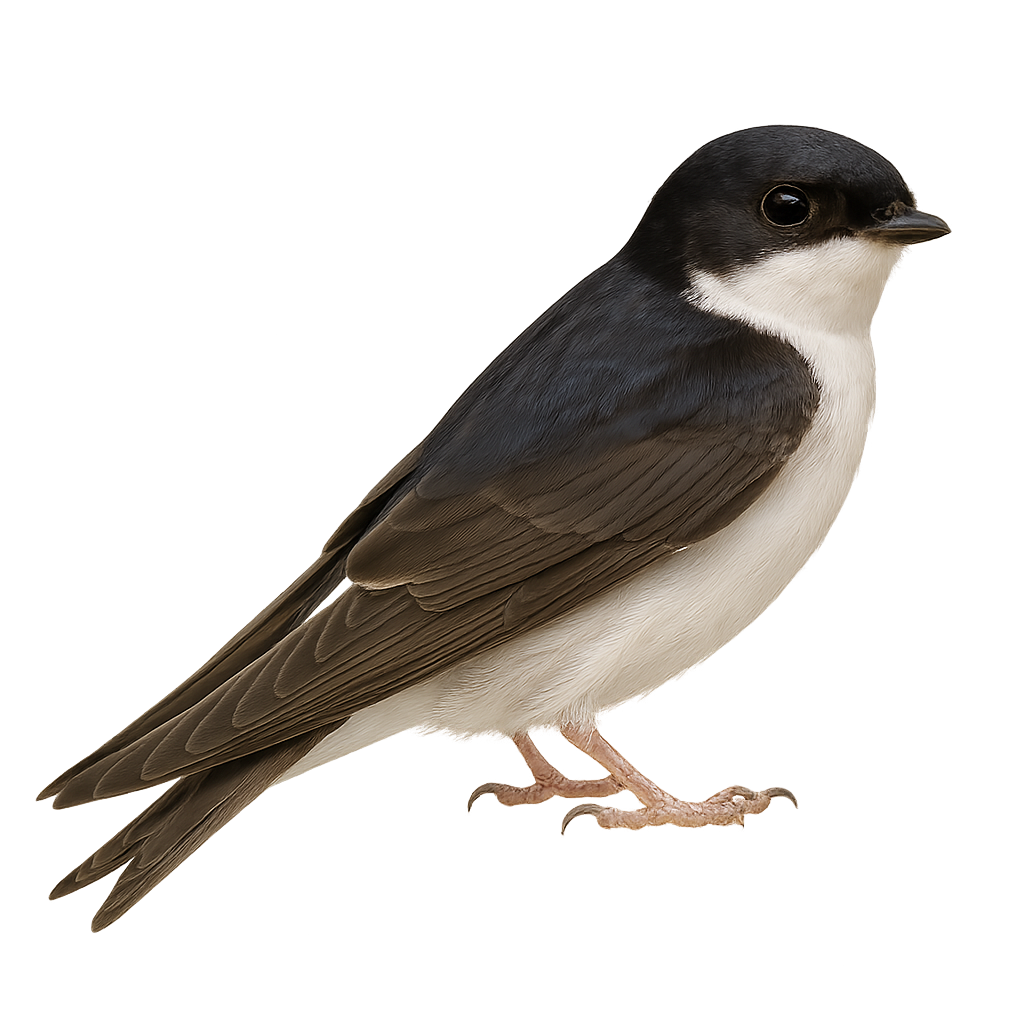Your wildlife photography guide.
Explore the house martin in detail, study its behavior, prepare your shots.
Where to observe and photograph the house martin in the wild
Learn where and when to spot the house martin in the wild, how to identify the species based on distinctive features, and what natural environments it inhabits. The WildlifePhotographer app offers tailored photography tips that reflect the house martin’s behavior, helping you capture better wildlife images. Explore the full species profile for key information including description, habitat, active periods, and approach techniques.
House martin
Scientific name: Delichon urbicum

IUCN Status: Least Concern
Family: HIRUNDINIDAE
Group: Birds
Sensitivity to human approach: Suspicious
Minimum approach distance: 20 m
Courtship display: April to June
Incubation: 14–16 jours
Hatchings: May to July
Habitat:
Under roofs, buildings, urban and rural areas
Activity period :
Primarily active during the day, with peak activity in the morning and late afternoon.
Identification and description:
The house martin is a small migratory bird found mainly in urban and rural areas across Europe, Asia, and North Africa. It is easily recognized by its metallic blue back and its white throat and belly. This swallow builds its nest under roofs, on window ledges, and on building cornices. It primarily feeds on insects, which it catches mid-flight, often chasing swarms of insects at high speed.
Recommended lens:
600 mm – adjust based on distance, desired framing (portrait or habitat), and approach conditions.
Photography tips:
Photograph the house martin using a telephoto lens to capture its aerial acrobatics and graceful silhouette. It is best to photograph early in the morning or late in the afternoon when the light is soft and the bird is more active. Be ready to capture the moment when the bird dives through the air to catch insects mid-flight.
The WildlifePhotographer App is coming soon!
Be the first to explore the best nature spots, track rutting seasons, log your observations, and observe more wildlife.
Already 1 432 wildlife lovers subscribed worldwide

